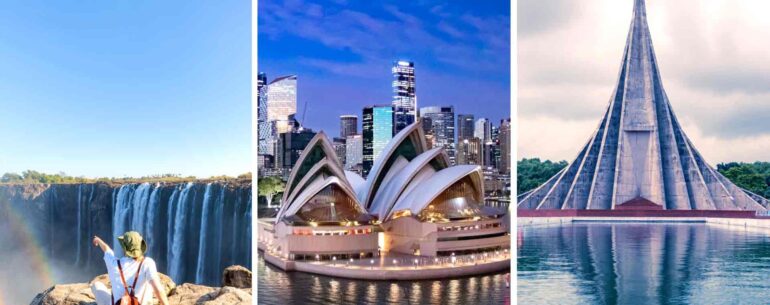India, the golden sparrow of the colonizers, that had immense wealth and endless beauties which then turned into the land of conquests, battles and partitions. Every city of this country and the former subcontinent has rich history and tradition attached to it. Jaipur one of the best planned and historically affluent city is one of India’s iconic stars. It came to be known as the pink city because it was painted pink in honor of the visit of Prince of Wales in late 1800s. Till date the pink color remains intact with the identity of the city. The tradition, culture and architecture of the city have been preserved to pay tribute to the legends of the royal families of Jaipur.
The city thrives on its royal heritage and hence is proud to be India’s most popular international tourist destination. There are numerous beautiful forts, exotic old palaces, and historic monuments that are always compelling the history lovers to take a cheap flight to Jaipur and enjoy them. The desert like topography however make the climate relatively hot, hence November to February are ideal months to visit this semi-desert beauty when the weather is moderate.
The exorbitant Jaipur experience begins from the streets with men in colorful turbans and women passing by in most bright outfits (long skirts and blouse), traditionally known as the ghagra and cholis. These men and women are adorned with such beautifully lavish jewellery. The sight does not end unless you see animal rides in the streets for common commutation. The city and its history is some what unique from the rest of the Indian cities, here the Muslim Mughal kings and Hindu rajas and maharajas had worked on developing good relations with each other. This can be witnessed from the type of architecture that shows a tinge of both Hindu and Muslim styles of structural designs. City Palace in Jaipur is a classical example of the peaceful blend of the Hindu and Muslim cultures.
Jantar Mantar is one of the glowing studs of the Jaipur visit. It was built in the mid 18th century by Maharaja Jai Singh, after whom Jaipur is named. The site has been declared as UNESCO World Heritage site as for being the expression of astronomical skills and cosmological concepts of the 18th century. The name is conglomeration of two Hindi terms, Jantar which means instrument and Mantar means calculative formula. It is an intelligently built observatory that aims to measure time, forecast eclipses, and track the orbit of the planets, study stars and other celestial bodies. The observatory was originally built as a religious guide since in Hindu culture ‘Jyotis’ or the astronomers are very significant in chalking out the lives and their schedules of the followers. Jantar Mantar has huge structures of the instruments to increase the accuracy of the astrological results. This great observatory has the world’s largest primitive sundial, which is another brilliance of the site.
If you are planning to have an exotic tour this holiday then Jaipur is certainly the option. Fetch the flight to world’s most classic and traditionally rich place to entertain yourselves. Don’t forget to see the amazing show of the street snake charmers when in mighty Rajasthan. Shop around the busy hustling streets of Jaipur and get the most antique and fabulous traditional jewellery and ornaments primitive to Jaipur’s culture. Also the ethnic rajais (colorful cotton quilts) are some special attraction of Jaipur’s market places that needs to be added in every Jaipur lover’s collection. The Indian cuisine in the traditional thali is yet again another Jaipuri lightening that needs to be tasted to treat your taste buds. So get ready to enjoy the most colorful trip of Asia.



Leave a Reply
You must be logged in to post a comment.